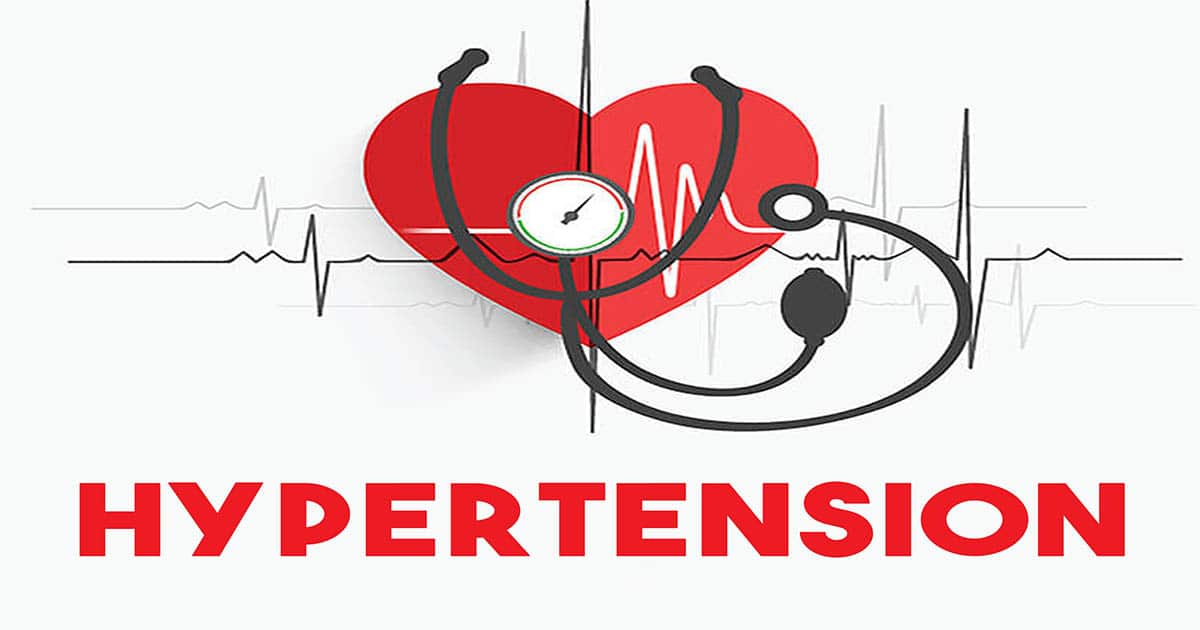Kidney stones (renal calculi) are hard deposits composed of crystals. Although kidney stones typically form within your kidneys, they can form anywhere along your urinary tract – this includes these parts:
- kidneys
- ureters
- bladder
- urethra
Kidney stones can be a painful clinical issue; their causes will differ depending on what kind of kidney stone it is.
Not all kidney stones consist of similar crystals. There are various kinds of kidney stones available on the market today such as:
Calcium
Calcium Stonesoccupy Calcium stones are widely known for being composed of calcium oxalate, although other components can include calcium phosphate or maleate.
Eating less food that contains high amounts of oxalate can lower your risk for this form of stone formation. Food sources rich in oxalate include:
- potato chips
- peanuts
- chocolate
- spinach
However, although some kidney stones contain calcium, consuming enough of this nutrient in your diet may help prevent future formation of stones.
Uric Acid
Uric acid kidney stones are among the most prevalent of all kidney stones, typically occurring in those suffering from gout, diabetes, obesity or another form of metabolic syndrome.
This type of stone occurs when urine becomes excessively acidic. Consuming foods rich in purines – an acidic component found in animal proteins like fish, shellfish and meats – may increase its acidity levels and cause pee to become acidic enough for this form of crystal formation to form.
Struvite
Struvite stones are frequently detected among those suffering from urinary tract infections (UTIs). These large, hard stones may obstruct urinary passageways and cause urinary obstruction.
Struvite stones form when kidney infections worsen, so treating any such infections early may prevent the formation of these stones.
Cystine
1 out of every 7,000 individuals worldwide develop cystine kidney stones, most often those who have the genetic condition cystinuria.
Cystine, a naturally-occurring acid in your body, becomes trapped between kidney stones and urine and forms this type of stone.
Symptoms And Indications Of A Kidney Stone
The excruciating discomfort caused by kidney stones is not to be taken lightly. The manifestation of symptoms may remain dormant until the stone begins traversing through the ureters, which induces a distressful occurrence scientifically known as renal colic. Pain emanating from either lateral side or abdominal region can become quite unbearable and needs urgent attention.
Discomfort in males may extend to the pelvic region. The agony of renal colic frequently fluctuates, but remains profoundly excruciating. Those suffering from this ailment are often found agitated and unable to remain still.
Different symptoms of kidney stones can include:
- blood in the urine (red, pink, or brown urine)
- vomiting
- nausea
- discolored or foul-smelling urine
- chills
- fever
- frequent need to urinate
- urinating small amounts of urine
Due to a small kidney stone, you may not experience any noticeable side effects as the stone passes through your urinary tract.
Reasons For Kidney Stones
The emergence of kidney stones is a likeliness for those within the ages ranging from 20 through to 50. Within that particular time frame, it’s likely an individual will experience this stone formation in their kidneys.
A multitude of factors can heighten your susceptibility to developing a urinary calculus. Individuals who belong in the caucasian demographic are observed to have higher incidence rates of renal stone formation as opposed to their African American counterparts within United States demographics.
Gender also plays a significant function in the development of kidney stones. As per statistics released by the National Institute of Diabetes and Digestive and Kidney Diseases (NIDDK), it has been observed that a majority of males tend to develop this condition compared to their female counterparts.
The perils of developing kidney stones are escalated by a history replete with prior incidences. Similarly, the siblings and progenitors you hail from could significantly elevate your hazard quotient for this ailment.
Other Danger Factors Include:
- dehydration
- obesity
- a diet with high levels of protein, salt, or glucose
- hyperparathyroid condition
- gastric bypass surgery
- inflammatory bowel diseases that increase calcium absorption
- taking medications such as triamterene diuretics, antiseizure drugs, and calcium-based antacids



